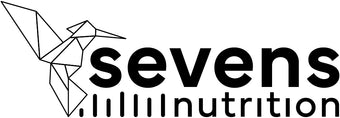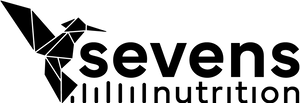The journey of astaxanthin began in 1897 , when it was first identified in the pigments of decapod crustaceans. Later, in 1933 , researchers Richard Kuhn and Edgar Lederer further investigated it, isolating it from the lobster ( Astacus gammarus L ) and revealing its chemical structure. Since then, its presence has been discovered in organisms such as salmon, flamingos, and insects, highlighting its widespread distribution in nature.
Since 2000, astaxanthin has captured the interest of the preventative health and cosmetics industries, prompting numerous studies worldwide exploring its unique properties and bioactivities.
Astaxanthin in Nature: Omnipresent Presence
The widespread distribution of astaxanthin in nature reflects its importance in diverse biological systems. It can be found in:
- Microalgae: Haematococcus pluvialis , Chromochloris zofingiensis , Chlorococcum , Bracteacoccus aggregatus , Coelastrella rubescence .
- Yeasts: Phaffia rhodozyma .
- Bacteria: Paracoccus carotinifaciens .
- Crustaceans: Lobsters, shrimp, crabs, crayfish.
- Fish: Salmon, trout, red sea bream.
- Birds: Flamingos, quails, chickens.
- Other organisms: Zooplankton, phytoplankton, krill, copepods.
Chemical Structure and Properties
The unique chemical structure of astaxanthin is the basis for its exceptional properties:
- Molecular formula: C40H52O4.
- Characteristics: Ketocarotenoid with two hydroxyl groups and two ketone groups, and 13 conjugated double bonds that give it its intense red color.
- Isomers: There are three optical isomers—(3S,3′S), meso (3R,3′S), and (3R,3′R)-AX—and several geometric isomers due to the nine double bonds in its polyene chain.
- Forms: It is found in free and esterified forms, the latter modified by fatty acids.
- Complexes: In animals, it can be complexed with proteins (carotenoproteins), while in bacteria it is presented as glycosides.
- Solubility: It is highly lipophilic, soluble in fats and oils, but not in water.
Natural Astaxanthin vs. Synthetic
Astaxanthin can be obtained naturally or synthetically :
- Natural astaxanthin: Comes from sources such as the microalgae Haematococcus lacustris , which contains concentrations of up to 4%. It is also found in bacteria, yeast, and crustaceans.
- Synthetic astaxanthin: Produced through chemical processes, it is primarily used as a colorant in aquaculture. However, it is not approved for direct human consumption due to potential chemical residues.
Natural astaxanthin is gaining ground over synthetic astaxanthin due to its superior antioxidant activity and health benefits. It's also considered safe for human consumption.
Astaxanthin: A Powerful Ally with Potential for the Future
The unique properties of astaxanthin, coupled with its widespread distribution in nature, highlight its remarkable potential. The European Commission is promoting the algae industry, including astaxanthin production , as a solution for a healthier and more sustainable future. Research and development into innovative production methods will ensure that astaxanthin continues to make a difference in diverse areas, cementing its place as the undisputed king of carotenoids.





